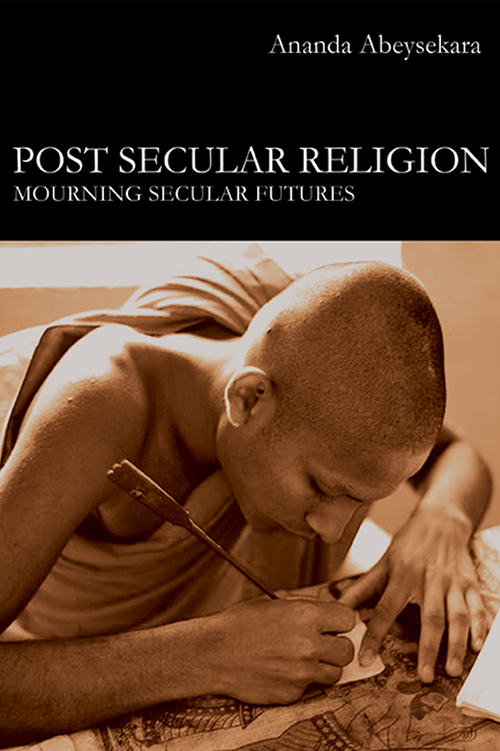Description
The Trotskyist Movement in India and Ceylon 1935-48
Most studies of the left movement in India focus on the Communist Party and its splinters. However, there were many socialists in India and Ceylon (now Sri Lanka) who opposed Stalinism. This book, the result of more than thirty years of research, unearths the hidden history of the most important of these movements-the followers of Leon Trotsky.
The Trotskyist movement had spectacular success in colonial Ceylon. In 1935 a group of dynamic young Trotskyists launched the Lanka Sama Samaja Party (LSSP), which grew rapidly and rattled the British colonial authorities. The LSSP leaders formed fraternal links with the left wing of the Indian National Congress and made contact with co-thinkers on the mainland. The British government did everything to nip the Trotskyist movement in the bud. Forced underground at the start of WWII, the Trotskyists joined forces and launched a subcontinental party in 1942.
Citing declassified government documents, the author shows that the British took the trotskyists very seriously. While the Communists were collaborating with the government during the war, the Trotskyists participated in the historic “Quit India” movement of 1942-43. After the war, the Trotskyists made inroads into the student movement and labor unions. In a few areas, such as Madras, the Trotskyists eclipsed their Communist rivals for a period of time.
Written in a vivid narrative style, this book documents the ups and downs, successes and failures of this bold and idealistic venture.
Wes Ervin began working on this book while pursuing his doctorate in Indian Art History at the University of Chicago in the 1970s. Although he eventually opted for a career in business, rather than academia, he pursued his research on the Trotskyist movement of South Asia. He has authored several studies, including The Making of a Revolutionary (2011), also published by the Social Scientists’ Association. He lives in south Florida, which is as tropical as America gets.





